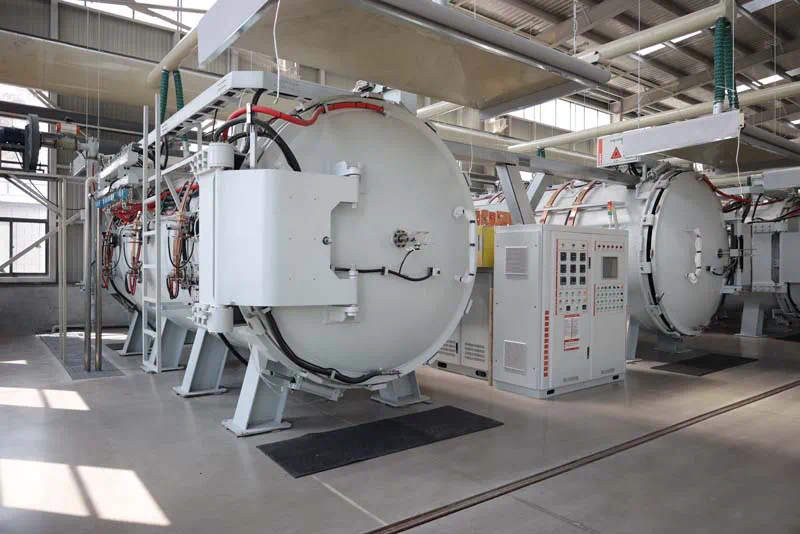Welcome to the realm of DIY Retirement Planning where you can seize command of your financial future by establishing a Self Directed Individual Retirement Account (IRA). This guide will delve into the essentials of self directed IRAs enabling you to make well informed choices that align with your retirement aspirations and risk tolerance. You’ll uncover the advantages and potential drawbacks of this versatile retirement savings tool, explore a broad spectrum of alternative investment opportunities, and gain insight into the intricacies of IRS regulations and compliance. By the conclusion, you’ll be well-prepared to construct a diversified self-directed IRA portfolio and embark on a journey toward a more secure and gratifying retirement.
Understanding the Basics of Self-Directed IRAs
A Self Directed Individual Retirement Account (IRA) stands as a robust and adaptable retirement savings instrument that affords investors greater control our their investment decisions. In contrast to conventional IRAs, which confine investments to stocks bonds and mutual funds self directed IRAs broaden the horizon to encompass a plethora of alternative investment avenues. These may encompass real estate, private equity, precious metals private loans and a diverse range of other opportunities. However, it’s important to note that not all financial institutions offer self directed IRA, so investors must carefully select a custodian that specialises in facilitating these accounts.
Assessing Your Retirement Goals and Risk Tolerance
Before diving into a self-directed IRA, it’s crucial to evaluate your retirement goals and risk tolerance. Consider your desired lifestyle during retirement, estimated expenses, and the age at which you plan to retire. Understanding your risk tolerance is equally important, as self-directed IRAs can involve higher risk investments. Balancing your risk tolerance with your retirement goals is essential to ensure your investments align with your long-term financial plan.
Selecting the Right Self-Directed IRA Custodian
Choosing the right self-directed IRA custodian is a critical decision, as they will be responsible for holding and administering your IRA assets. Conduct thorough research and compare different custodians based on their fees, services, expertise, and reputation. Look for a custodian that has experience with the types of alternative investments you wish to pursue and offers excellent customer support. It’s also essential to review their compliance practices and ensure they are up to date with IRS regulations.
Exploring Alternative Investment Options for Your IRA
One of the most enticing facets of a self-directed IRA is the capacity to expand your portfolio beyond conventional assets. When exploring alternative investments, contemplate possibilities
like real estate holdings, privately owned enterprises, tax liens, cryptocurrencies, and precious metals. Each asset class carries its own unique risks and rewards, so thorough due diligence is vital. Seek advice from financial advisors or experts familiar with alternative investments to make informed decisions aligned with your financial goals.
Navigating IRS Regulations and Compliance
While self-directed IRAs provide more freedom in investment choices, they also come with specific IRS regulations and compliance requirements. Engaging in prohibited transactions or failing to adhere to IRS rules can lead to severe penalties and even disqualification of your IRA. Stay informed about prohibited transactions, contribution limits, required minimum distributions, and disqualified individuals to ensure your IRA remains compliant.
Developing a Diversified Self-Directed IRA Portfolio
Building a diversified self-directed IRA portfolio is essential for mitigating risks and achieving consistent returns. Avoid placing all your funds in a single asset class and instead spread your investments across different alternative assets and traditional options. Diversification helps protect your retirement savings from significant fluctuations in any one investment, improving your overall portfolio stability.
Monitoring and Adjusting Your Self-Directed IRA Over Time
A self-directed IRA requires ongoing attention and monitoring to make sure your investments align with your changing financial goals and market conditions. Regularly review your portfolio’s performance and be prepared to make adjustments as needed. Stay informed about the performance of your chosen assets and keep abreast of market trends to make informed decisions.
Benefits and Risks of Self-Directed IRAs for Retirement Planning
Lastly, it’s vital to carefully assess the advantages and drawbacks of self-directed IRAs before integrating them into your retirement planning approach. The advantages encompass heightened investment adaptability, the prospect of amplified returns, and the capability to harmonize your investments with your passions and proficiency. Nevertheless, it’s crucial to recognize that the potential for greater returns is accompanied by heightened risk. Alternative investments can be more volatile and may not always perform as expected. Additionally, self-directed IRAs require careful attention to compliance and IRS regulations to avoid penalties. By understanding the advantages and potential pitfalls, you can make informed choices to optimise your retirement planning with a self-directed IRA.
Conclusion
Establishing a self-directed IRA offers a unique and empowering approach to retirement planning. By gaining a deeper understanding of this retirement savings vehicle and carefully assessing individual goals and risk tolerance, investors can diversify their portfolios beyond traditional assets and explore alternative investment opportunities. However, navigating the complexities of IRS regulations and compliance is essential to avoid potential pitfalls. With diligent research, the right custodian selection, and ongoing monitoring, a self-directed IRA can become a valuable tool in building a diversified and potentially rewarding retirement strategy tailored to individual financial aspirations.
DIY Retirement Planning: How to Establish a Self-Directed IRA






